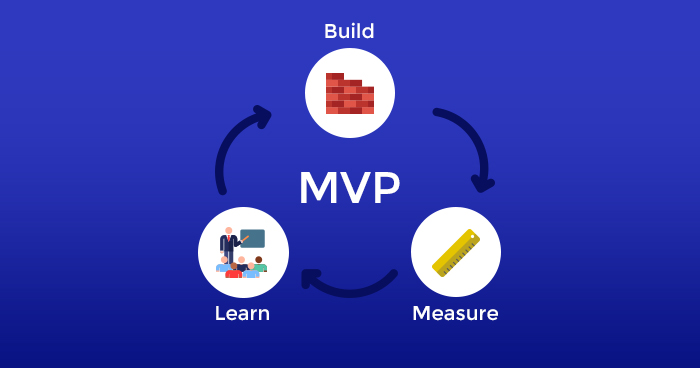Have an idea but not quite sure if you can successfully implement it? Introducing a new product to the market is a considerable risk in the development world, but you can always reduce that risk by first developing a minimum viable product(MVP). That said, what’s a minimum viable product in the first place?
MVP: A Primer
Eric Ries, who first introduced the concept of the MVP via his Lean Startup methodology, said an MVP is “a version of a new product which allows a team to collect the maximum amount of validated learnings about customers with the least effort.”
Think of it as an early bird before it gets the worm. Your MVP is a stripped-down version of your product meant to satisfy early adopters by solving a specific problem.
As per Contentful, a minimum viable product should also “provide value to your customers and end-users,” rather than simply unlocking commercial opportunities.
Not only that, but an MVP is an excellent way of making an early market entry, enabling testing with actual users, and using that feedback to create a fully-fledged product. In some cases, it can also help secure funding for a potential business, as it proves the merit of your product.
Here’s a quick guide in planning an MVP:
Step 1: Identify what the market needs
Sometimes, just because an MVP is a good idea doesn’t mean it fits the market needs. Study shows that startups fail due to lack of market need. Before you initiate an idea and start the MVP process, ensure that your product can fill a gap. Analyze your competitors, conduct surveys, and make sure your product stands out.
Step 2: Map out your user journey
Remember that a user’s journey is just as important as them finding the solution they need. Look at the product from the user’s end and see if the process is seamless. Identify each user, and identify each story ending for them. Keep what feels good, improve what doesn’t. If you don’t enjoy using your product, your user wouldn’t either.
Step 3: List your features
Next is to list all the features you want to include on your MVP, as well as lower priority ones you can have in your product roadmap. Understand the difference between what your user wants and what your user needs, and make sure that the only features you include are necessary to your product’s goal.
Step 4: Launch your MVP
After mapping the user experience, planning the pain and gain map, and listing all the features, it’s time to launch your MVP. Because this is an initial offering, your MVP must be desirable, easy to use, engaging, and of course, presents a straightforward solution to a problem.
Step 5: Build, Measure, Learn
After the MVP launch comes the testing; from here, it’s time to review what works and what doesn’t for your MVP. Collect your market’s reaction, and use this feedback to determine whether your product is effective or not.
It would help if you also determined whether the MVP successfully solved a problem and whether the process used is feasible for users. It’s critical to keep testing and getting feedback until the product is finalized.
Conclusion
In today’s competitive market, launching an MVP is an excellent way of presenting a new solution in the form of an initial product. Done successfully, an MVP can not only fill a market gap but set the stage for future iterations and even a potential business opportunity.
